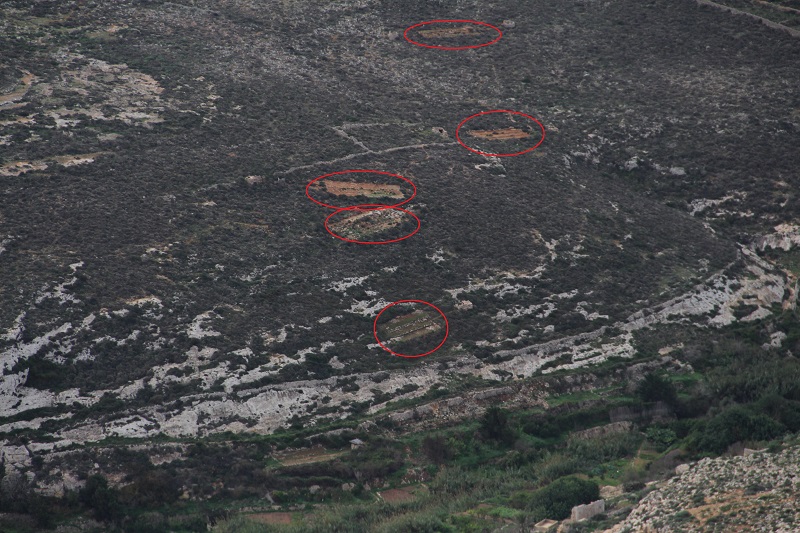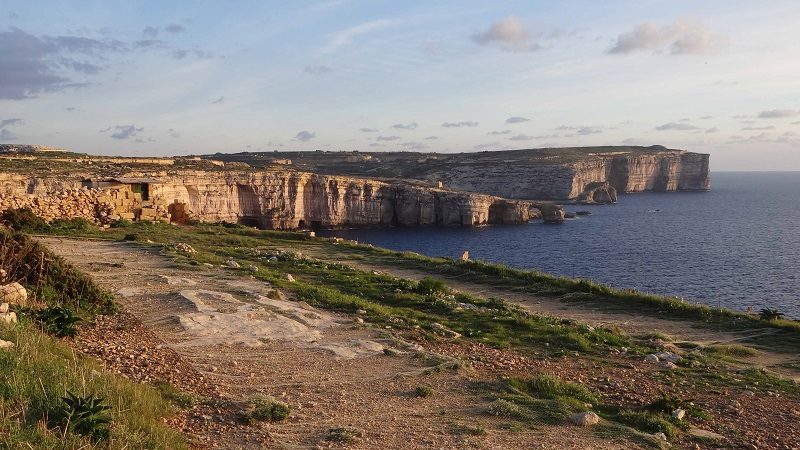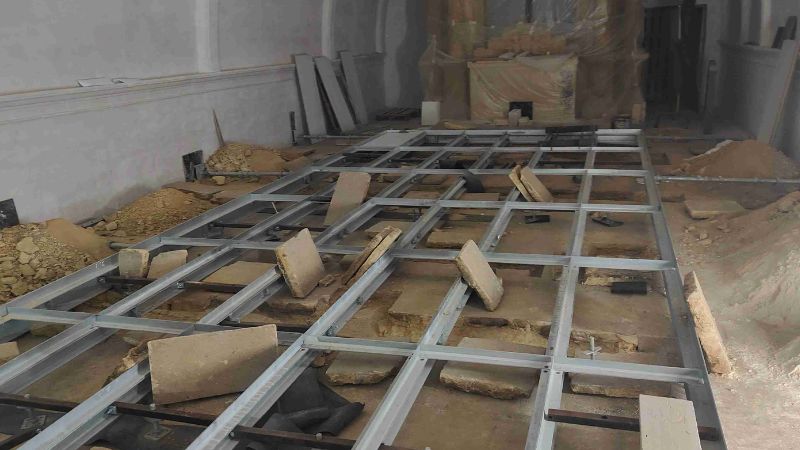Finch trapping in Malta has been outlawed by the European Court of Justice (ECJ) and the judgment has international implications. The political wrangling has already kicked off, but politicians will fall into a trap of their own making if they open another season – here’s why:
Bird breach
The ECJ judgment was crystal clear. Finch trapping in Malta was in breach of the Birds Directive and cannot continue. The Maltese government may not appeal the decision.
The ruling deemed clap nets and mist nets to be ‘non-selective’ capture methods, which essentially means they are very effective at catching large amounts of birds indiscriminately. Nets that serve this purpose are disallowed under the Birds Directive.
That means their use is now barred for trapping, lawyers confirmed. Should Malta go ahead and permit their use, it risks triggering Article 260 – and that means hefty fines.
Hitting where it hurts
Article 260 can include a lump sum fine but also a daily penalty for every day a future trapping season is open.
These fines are intended to underline the seriousness of the infringement, curb the duration and act as a deterrent to future infringement. As an example, when Italy failed to include rules on animal testing into domestic legislation it had to fork out over €150,000 daily.
Numbers count
In addition, the ruling strongly implied that local finch population sizes must be considered when assessing conservation status. That means the Maltese government cannot rely on using finch numbers from across Europe (which was what they did) to justify taking birds in Malta.
They need to look at finch numbers here, which – courtesy of decades of finch trapping – are dismal to non-existent. Malta’s countryside could hold large numbers of breeding finches (this is science, not speculation) if trappers left them alone. Numbers may now have a chance to recover.

Aerial photograph taken over the Il-Qortin tal-Magun Special Area of Conservation (Natura 2000) showing four finch trapping sites cleared within priority garigue habitat. Photos: BirdLife Malta
Plover cover
Still, as we saw with spring hunting this year, the government is not above opening a season for one species as a cover for hunting another – in spring, Malta opened the ‘quail’ season over the peak turtle dove migration period. NGOs witnessed a different species – turtle doves – killed, along with any other protected bird species.
It is possible the government may consider a golden plover and song thrush season being opened during peak finch migration in October and November to allow finch trappers to continue their hobby with impunity. But that not-so-cunning plan is likely to be short lived, since clap nets have now been ruled non-selective.
May the enforcement be with you
The government has what we could politely call a ‘loosey-goosey’ approach to enforcement. The police and (special branch) ALE have an amazing ability to roam the countryside without encountering a single illegal incident unless it has been found, filmed and brought to their attention by Birdlife Malta or CABS.
It seems unlikely that this will change. Yet, trappers are easier to catch than hunters, given that they need more infrastructure and space. Allowing them to operate with complete impunity risks another jaunt to the ECJ for Malta and, yes, more fines.
Europe-wide implications
The ECJ judgment affects not just Malta, but also any other EU states that consider applying derogations involving non-selective clap or mist nets.
Finland, Spain, Austria and France, among others, have all faced legal proceedings for trapping and hunting birds. The Malta judgment effectively closes the trapping loophole for the rest of Europe too.
False hope
This situation is a reflection of all that is wrong with politics in Malta. Two political parties have dragged the country through a saga in which the end was predictable from the start. This was all a very expensive charade.
Anyone hoping this would be a lesson will be disappointed. Despite the clarity of the judgment, the government said it would “explore all possibilities” while the Opposition declared it would look into a “sustainable way” to do trapping through a “serious plan”.
While the show goes on, the reality is that finch trapping in Malta is as dead as a wild hawfinch in a trapper’s cage in the full sun.












